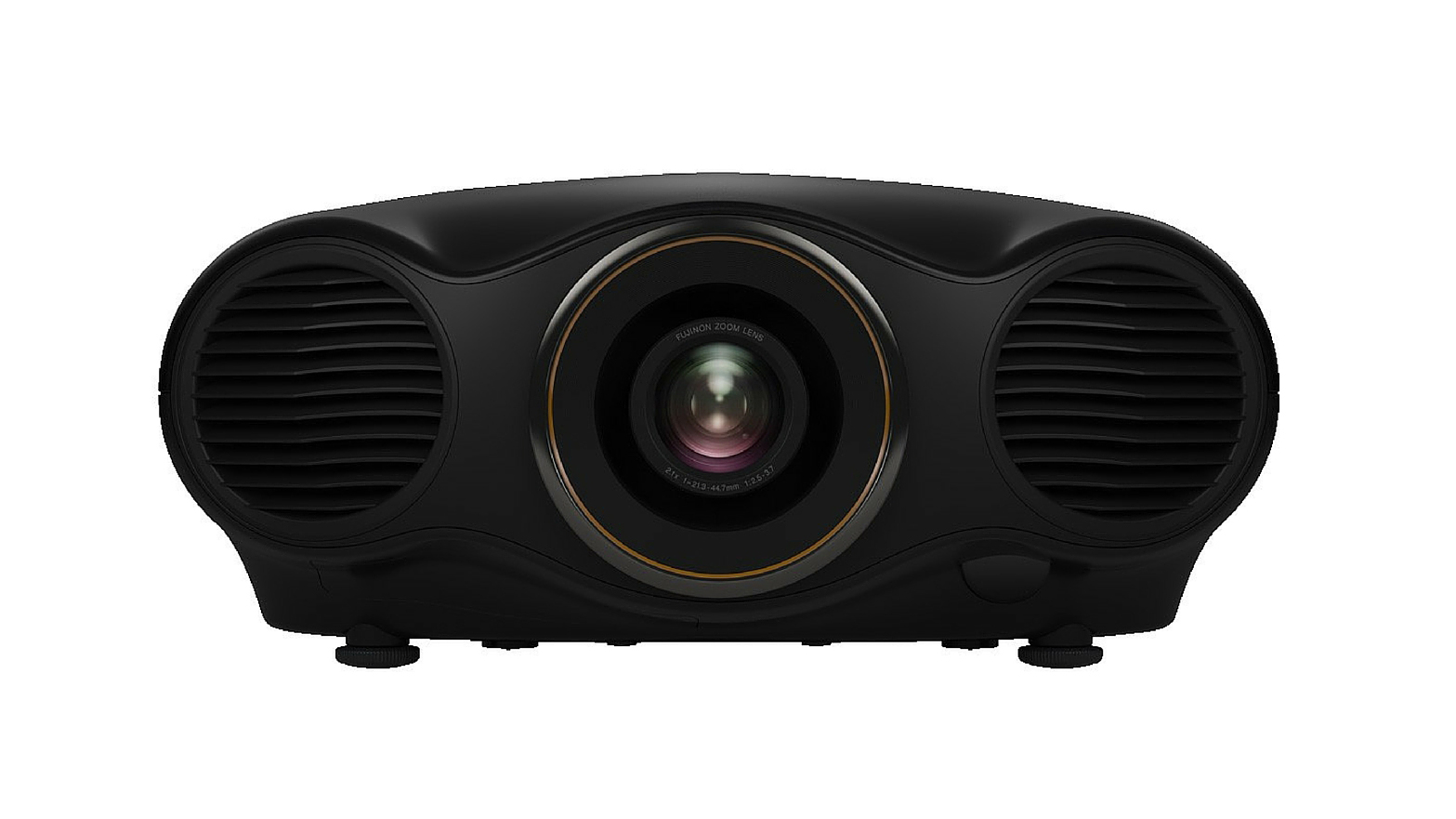TechRadar Verdict
The LS100000 is an excellent projector for the here and now, combining ease of use and great features with superb picture quality. However, its 4K Enhancement technology may struggle to keep up with the times.
Pros
- +
Eye-popping colour
- +
Convincing black levels
- +
Very long lamp life
- +
Simple set-up
- +
Quiet operation
- +
Awesome 3D performance
Cons
- -
Full HD resolution
- -
Huge physical size
- -
High price tag
- -
No internal speakers
Why you can trust TechRadar
The EH-LS10000 (called the Powerlite Pro Cinema LS10000 in the US) is Epson's flagship projector for 2015. It also broaches the subject of 4K, but although it claims to present 4K-like detail and accept 4K video signals the LS10000 is resolutely a Full HD projector, albeit a very, very capable one.
However, since it's selling for £6,000 (about $8,000, AU$9,000), is this high-end model's boast of '4K Enhancement', rather than native 4K, enough to impress?
Really, the LS10000's major innovation isn't to do with 4K at all, but with an innovative lamp. Anyone who's had a projector lamp run out on them will know the frustration that follows; a few weeks with no big-screen movies while you conduct a frantic online search for an official-looking bulb.
There are just so many fakes around.
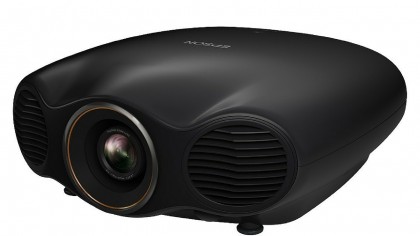
Step forward the LS10000's laser light engine, which promises to last an incredible 30,000 hours. That's about ten times longer than most, and should see the LS10000 last for years without any bulb shenanigans.
The use of the word 'laser' is pure marketing gold, but there's more to it than that.
Epson is using a dual laser diode illumination system that provides two separate light sources, one for red and green, and the other for blue. However, it's precisely the longevity of that system that makes me wonder: can a home cinema really live without native 4K for the next decade?
Won't we all be watching in 8K by then?
There's also the little matter of 3D, which the LS10000 can display complete with 4K-like upscaling; two pairs of active shutter 3D specs are included in the box.
Design and specs
Despite the use of a laser light source, the LS10000's headline-grabber is its 4K claim.
However, that '4K Enhancement' is a little misleading. Technically the LS10000 is fully compatible with a 4K video signal, and can create one itself from Full HD sources using a pixel scaling tech that shifts each pixel diagonally by 0.5 pixels, thus creating twice the vertical and horizontal resolution.
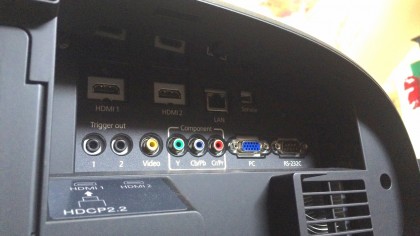
Ins and outs are spot-on for a home cinema environment. A couple of HDMI inputs are fine – especially considering that the LS10000 will almost certainly be attached to an AV receiver – while the recessed rear panel also includes a wired Ethernet LAN slot, component video inputs, a composite video input and a couple of trigger slots for weaving the LS10000 into a control system. There's also an RS232c slot, and a 15-pin D-sub for hooking up a PC or laptop.
Performance
That laser light source might be stunningly long lasting, but it's not incredibly bright. The 1500 lumens it peaks at is absolutely fine for watching movies in blackout conditions, and around dusk, but you'll experience a bleached image if there's direct sunlight coming through into the room.
The LS10000 proves a cinch to set-up; Epson's use of a powered 2.1x optical zoom and both horizontal and (especially) vertical motorised lens shift once again makes it easy to create a dead-on image even from off-centre, and from almost any height.
It may not be able to display native 4K footage, but the LS10000 offers up an 80-inch image of almost unbelievable sharpness. With it hooked up to a native 4K player from Sony, the LS10000 managed to display almost as much detail as the rival Sony VPL-VW300ES, which is quite something.
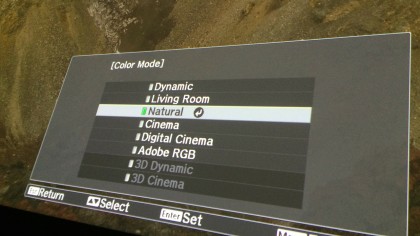
Almost as much detail, but not quite.
We did notice a touch of picture noise within these 4K-like images, although if that's the only trade-off between native 4K and 4K Enhancement, then the LS10000 is clearly doing a terrific job, at least at this size of image.
Epson's 3LCD chip inside the LS10000 provides the base layer for some awesome images. With the LS10000 in its best-looking preset, 'natural', the opening sequence from Gravity on 2D Blu-ray shows off some real depth to colours in both the backdrop of Earth, and in the star-studded black brilliance of space. That's with the Super Resolution/4K Enhancement system ramped up to its maximum level of five.
Meanwhile, in my experiments the frame interpolation technology was best used on its 'normal' setting, where it creates reliably silky, fluid and yet clean images.
However, as the satellite debris slams into the Space Shuttle during Gravity it's tempting to push it up to a higher level. Sadly, this only causes some picture artefacts and 'rips' within the image, which is quite unpleasant. It's also very normal, which is why frame interpolation tech is roundly ignored by many.
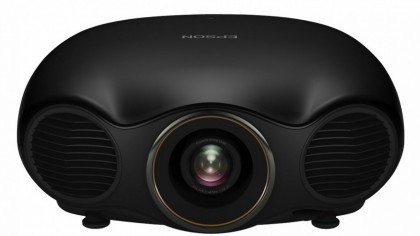
Switching to Gravity in 3D, the LS10000 impresses both with a visible extra dose of brightness and an incredibly stable, crosstalk-free image. The depth is impressive, and so is both the 4K Enhancement and frame interpolation; both technologies work as well with 3D as they do with 2D.
With both a huge size and reputation, the LS10000 makes a fine centrepiece for a Full HD home cinema – but with 4K fast becoming a reality, especially in the high-end home cinema market, is Epson's '4K Enhancement' tech really enough?
Jamie is a freelance tech, travel and space journalist based in the UK. He’s been writing regularly for Techradar since it was launched in 2008 and also writes regularly for Forbes, The Telegraph, the South China Morning Post, Sky & Telescope and the Sky At Night magazine as well as other Future titles T3, Digital Camera World, All About Space and Space.com. He also edits two of his own websites, TravGear.com and WhenIsTheNextEclipse.com that reflect his obsession with travel gear and solar eclipse travel. He is the author of A Stargazing Program For Beginners (Springer, 2015),
